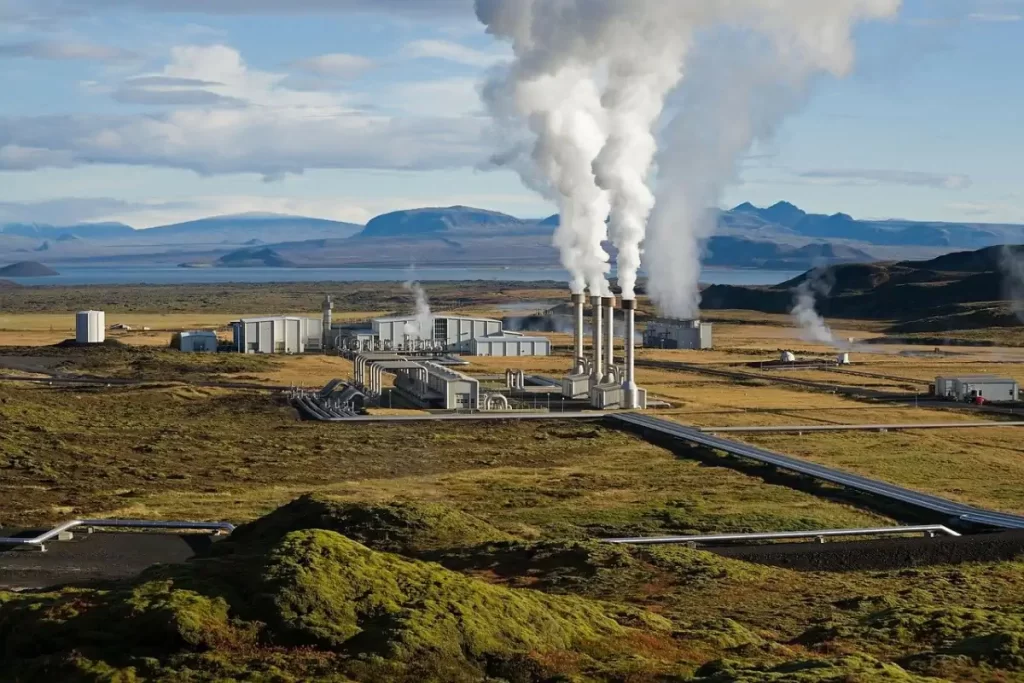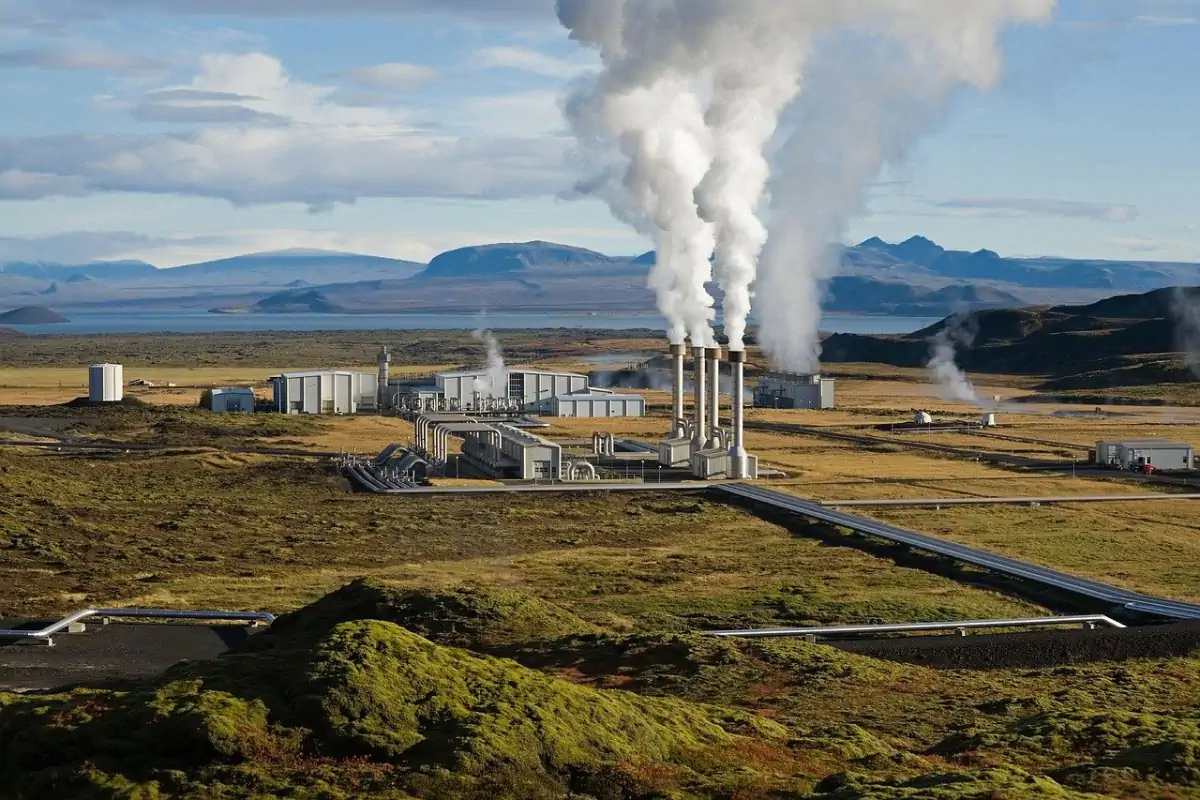The demand for clean energy is increasing as more people adopt eco-conscious values. The media portrays solar power as the industry leader, leaving other renewable electricity forms in the dark. Before investing in emissionless power sources, it is essential to evaluate their differences and consumer benefits.
Many individuals believe solar energy is the most sustainable alternative to fossil fuels. While it does decrease emissions, other power sources also support carbon neutrality. Geothermal energy is a misunderstood element in the renewable sector, and its efficiency’s myths limit its expansion.
How Does Geothermal Energy Work?
Below Earth’s surface lies various layers of heat. Environmental engineers utilize temperature differentiation to create electricity and access heat for buildings. Professionals label the potential energy beneath the surface as geothermal.
Geothermal systems contain wells drilled up to two miles deep. Steam and hot water move up the wells and turn a surface-level turbine, which is connected to a generator and produces electricity.
At the end of the process, the steam cools down and turns into water. A separate pump filters the excess water back into the Earth, creating a closed-loop cycle. The system produces electricity in large quantities and powers local grids.
The geothermal heating pump is a smaller system that raises indoor temperatures. It processes water or a refrigerant through pipes beneath the surface. The heat in Earth’s lower layers warms the solution and delivers it to a building above.

The system reuses the water or refrigerant over again, also creating a closed-loop system. Individuals can use geothermal energy to eliminate their heating, ventilation, and air conditioning (HVAC) emissions. They can also access clean electricity to power their electronics, electric vehicles, and more.
The Myths about Geothermal Energy and Facts
A lot of people are unfamiliar with geothermal energy. Some understand its relation to Earth’s natural temperature differentiations and predict harm from its environmental effects. Others believe its limited media coverage correlates with its low-efficiency levels.
It’s time to address myths surrounding geothermal power. After assessing the facts, individuals can determine if they are accurate or not. There are four main misconceptions about this renewable energy source that science proves wrong.
1. Geothermal Energy Is Depletable
Geothermal energy is a renewable source and is nondepletable. Unlike fossil fuel-derived electricity, geothermal creates zero greenhouse gas emissions and will remain abundant as long as the Earth is intact. The only production limitation derives from physical space.
Solely relying on geothermal energy would create enough plants to supply consumer demands. The limitation applies to all renewable power sources, which is why professionals plan on diversifying the clean energy sector.
2. Geothermal Heat Pump Installation Is an Invasive and Difficult Process
Some homeowners are hesitant to invest in and install geothermal heat pumps because of installation myths and misunderstandings. Professionals can place pumps on various property types, helping residents shrink their carbon footprints. The process requires deep digging in one’s backyard, and installations can occur quickly and smoothly when using certified specialists.
Digging and laying pipes may seem overwhelming to many homeowners, and the process pays off. Individuals can reduce their energy costs by nearly 70% after installing a geothermal heat pump. They also provide a reliable and consistent heat supply, decreasing a resident’s reliance on the grid.
3. Geothermal Power Plants Consume Large Amounts of Space
Some people are hesitant to invest in or draw power from geothermal plants because of their size myth. Geothermal power plants use between one and eight acres of land to produce a megawatt (MW) of clean energy. Nuclear power plants use up to 10 acres per MW, and coal uses 19 acres per MW.
When residents use geothermal sources, they are preserving natural spaces and reducing atmospheric degradation. Transitioning away from coal-powered energy to geothermal frees up land for additional clean electricity production.
4. Geothermal Energy Is Unable to Produce Around the Clock Electricity
Solar and wind power rely on specific weather patterns, limiting their ability to generate energy 24/7. Some individuals believe the limitations relate to all renewable power sources. Unlike solar and wind energy, geothermal plants can create electricity around the clock.
When society converts its energy reliance away from fossil fuel sources toward clean alternatives, geothermal may provide reliable support. Earth’s below-surface temperatures remain consistent, even as the above-ground weather changes. People can access geothermal energy as long as Earth exists.
Adopting Geothermal Energy Systems
When President Biden took office, he established a national carbon neutrality goal. States are looking for ways to reduce greenhouse gas emissions and install renewable energy sources, increasing their sustainability. Individuals can improve their access to geothermal energy by discussing purchase and installation possibilities with their local government officials.
They can also incorporate small-scale systems on their properties by installing geothermal heat pumps. Both approaches help people reduce their contribution to ecological degradation and lessen their reliance on the grid, helping them save money over time.
- 9 Myths and Facts About Environmental Toxins - January 4, 2023
- Top 6 Deadliest Hurricanes ever recorded - November 7, 2022
- Are All-Electric Homes Feasible in the Near Future? - September 25, 2022

